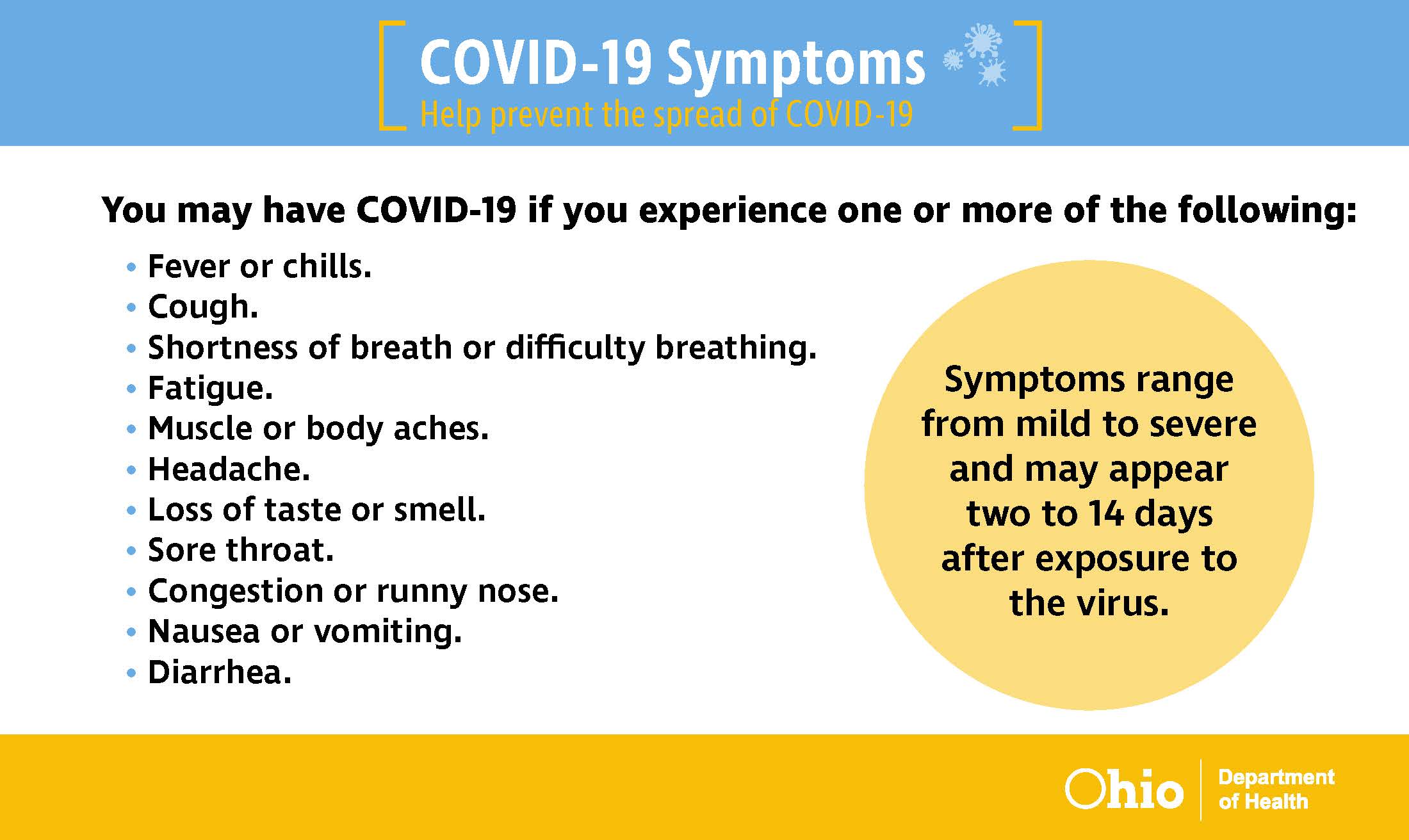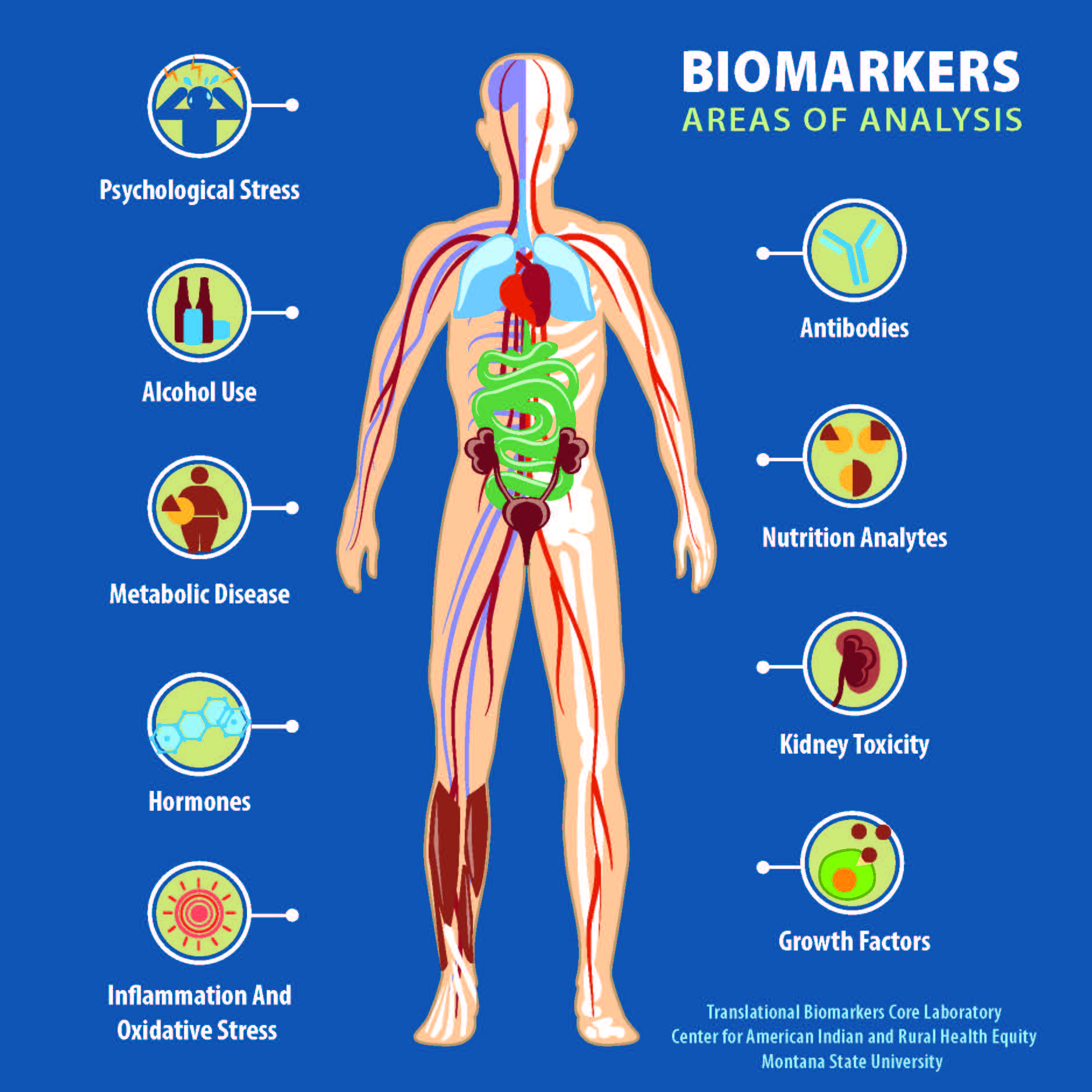Comprehensive Guide To Identifying COVID-19 Symptoms In 2025: Latest Findings And Expert Advice
Through our analysis and research, we have compiled this comprehensive guide to help you stay informed and make informed decisions about your health and the health of your loved ones.
Key Differences
As COVID-19 continues to evolve, so do its symptoms. This guide provides the most up-to-date information on:
- New and emerging symptoms
- Variations in symptoms based on vaccination status
- Long-term effects
Transition to main article topics
FAQ
This section addresses frequently asked questions terkait with identifying COVID-19 symptoms in 2025, based on the latest research and expert guidance.

Wright-Patterson AFB > coronavirus > COVID Info > Symptoms - Source www.wpafb.af.mil
Question 1: What are the most common symptoms of COVID-19 in 2025?
Answer: The most common symptoms of COVID-19 in 2025 remain similar to those observed in previous years, including fever, cough, shortness of breath or difficulty breathing, fatigue, muscle or body aches, headache, new loss of taste or smell, sore throat, congestion or runny nose, nausea or vomiting, and diarrhea.
Question 2: How can I distinguish between COVID-19 and other respiratory illnesses?
Answer: While many respiratory illnesses share similar symptoms, some key differences can help distinguish between them. COVID-19 is more likely to cause loss of taste or smell, while influenza typically presents with fever, cough, sore throat, and body aches. It's important to consult a healthcare professional for an accurate diagnosis.
Question 3: When should I seek medical attention for COVID-19 symptoms?
Answer: Seek immediate medical attention if you experience severe symptoms, such as difficulty breathing, chest pain or pressure, confusion, inability to stay awake, or bluish lips or face.
Question 4: How can I protect myself from getting COVID-19?
Answer: Follow these preventive measures: get vaccinated and boosted when eligible, wear a well-fitting face mask indoors, maintain social distancing, wash hands frequently, and avoid touching your face.
Question 5: Are there any long-term effects of COVID-19?
Answer: In some cases, COVID-19 can lead to long-term effects known as long COVID, characterized by fatigue, brain fog, shortness of breath, and other symptoms that persist beyond the initial infection.
Question 6: What is the latest research on COVID-19 treatments and vaccines?
Answer: Medical research on COVID-19 is ongoing, and new treatments and vaccine developments are constantly emerging. Consult reliable sources for up-to-date information and guidance.
By staying informed and taking appropriate precautions, you can protect yourself and others from COVID-19 and its potential risks.
Moving forward, the "Comprehensive Guide to Identifying COVID-19 Symptoms in 2025" provides additional insights and resources to help you navigate this evolving situation.
Tips
To accurately identify COVID-19 symptoms in 2025, it is essential to stay informed about the latest findings and expert advice. Comprehensive Guide To Identifying COVID-19 Symptoms In 2025: Latest Findings And Expert Advice provides a well-rounded understanding of the symptoms, transmission, and prevention measures related to COVID-19.
Tip 1: Monitor for Respiratory Symptoms
Persistent coughing, shortness of breath, or difficulty breathing are common indicators of COVID-19. While these symptoms can overlap with other respiratory illnesses, their severity and duration may suggest COVID-19.
Tip 2: Pay Attention to Fever and Chills
A fever (temperature of 100.4°F or higher) and chills are often associated with COVID-19. However, it's important to note that not all individuals with COVID-19 experience fever.
Tip 3: Observe Loss of Taste or Smell
Anosmia (loss of smell) and ageusia (loss of taste) have emerged as distinctive symptoms of COVID-19. These symptoms can occur suddenly and usually resolve within a few weeks.
Tip 4: Check for Fatigue and Muscle Aches
Extreme fatigue and muscle aches are common complaints among individuals with COVID-19. These symptoms can be debilitating and may persist for an extended period.
Tip 5: Seek Medical Attention for Severe Symptoms
If you experience severe symptoms such as chest pain, confusion, or difficulty breathing, seek medical attention immediately. These symptoms may indicate a more serious COVID-19 infection that requires prompt treatment.
Understanding the evolving symptoms of COVID-19 is crucial for early detection and appropriate medical intervention. By following these tips and staying informed, you can contribute to mitigating the spread of the virus and protecting the well-being of your community.
Comprehensive Guide To Identifying COVID-19 Symptoms In 2025: Latest Findings And Expert Advice
Navigating the challenges of COVID-19 symptom identification requires a comprehensive understanding of its diverse manifestations. This guide delves into key aspects to empower individuals in recognizing and responding to the evolving nature of the virus.
- Early Recognition: Prompt identification of initial symptoms, such as fever, cough, and shortness of breath, remains crucial for timely intervention.
- Variant Awareness: Recognizing symptoms specific to emerging variants, like Delta or Omicron, is essential to adjust diagnostic and treatment approaches.
- Long COVID: Understanding the potential for persistent symptoms, known as Long COVID, enables proper medical evaluation and support for those affected.
- Overlapping Conditions: Differentiating COVID-19 symptoms from similar conditions, such as seasonal allergies or influenza, requires careful observation and medical consultation.
- Diagnostic Tools: Utilizing accurate diagnostic tests, including PCR and antigen tests, plays a critical role in confirming COVID-19 infections.
- Expert Guidance: Seeking advice from qualified medical professionals remains paramount for accurate diagnosis, appropriate treatment, and effective management of COVID-19.
These aspects highlight the critical importance of staying informed about the evolving nature of COVID-19 symptoms, embracing a proactive approach to early recognition, and leveraging expert guidance to ensure effective management of the virus. By understanding these key considerations, individuals can navigate the challenges posed by COVID-19 with greater confidence and resilience.

Free Health Coronavirus Symptoms Poster Labor Law Poster 2025 - Source www.laborposters.org
Comprehensive Guide To Identifying COVID-19 Symptoms In 2025: Latest Findings And Expert Advice
This comprehensive guide provides the latest findings and expert advice on identifying COVID-19 symptoms in 2025. As the virus continues to evolve, it is crucial to stay informed about the changing symptoms and how to recognize them. This guide covers the most up-to-date information on the various symptoms associated with COVID-19, including common, less common, and severe symptoms. By understanding these symptoms, individuals can take appropriate actions to protect themselves and others, seek medical attention when necessary, and contribute to the containment of the virus.

Translational Biomarkers Core - Center for American Indian and Rural - Source www.montana.edu
The importance of recognizing COVID-19 symptoms cannot be overstated. Early detection and isolation are essential for preventing the spread of the virus and reducing the risk of severe illness or complications. This guide empowers individuals with the knowledge and tools they need to make informed decisions about their health and contribute to the collective fight against COVID-19.
The information provided in this guide is based on the latest scientific research and expert consensus. It is regularly updated to reflect the evolving nature of the virus and the latest medical recommendations. By staying informed about COVID-19 symptoms and adhering to public health guidelines, individuals can protect themselves and others, and contribute to the global effort to overcome this pandemic.
| Symptom | Description | Severity |
|---|---|---|
| Fever | Body temperature of 100.4°F (38°C) or higher | Common, can range from mild to severe |
| Cough | Dry or productive cough | Common, can range from mild to severe |
| Shortness of breath | Difficulty breathing or feeling short of air | Less common, can be severe |
| Fatigue | Feeling tired and lacking energy | Common, can range from mild to severe |
| Muscle aches | Pain or stiffness in muscles | Common, can range from mild to severe |
XRP Price Today: Live XRP To USD Price Chart And Analysis, Trump's Davos Speech: Key Takeaways And Analysis For Investors And Analysts, Ohio State Buckeyes Clash With Nebraska Cornhuskers In College Football Showdown, Senator Barrasso: Champion Of Wyoming, Advocate For Conservative Values, Benjamin Hall: British Journalist Injured In Ukraine War, Jackson Mahomes: Social Media Star And Brother Of Patrick Mahomes, Charlie Sheen: Hollywood Bad Boy And Television Star, Elon Basketball: A Rising Star In The CAA, Portrayal Of The Former First Lady: A Portrait Of Melania Trump's Legacy, Nebraska Cornhuskers Vs. Purdue Boilermakers: Big Ten Conference Showdown,